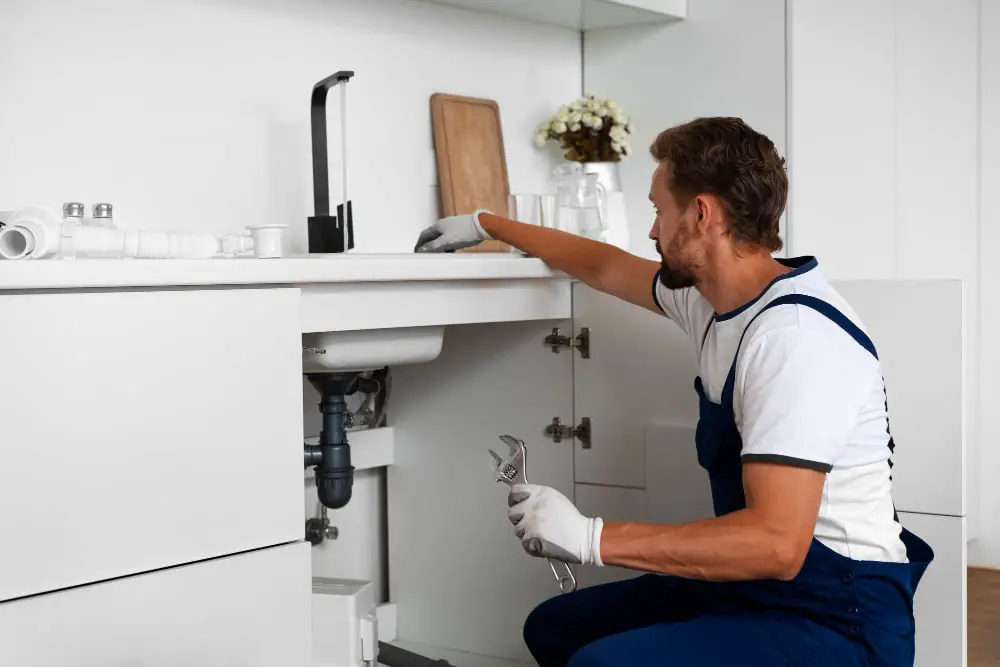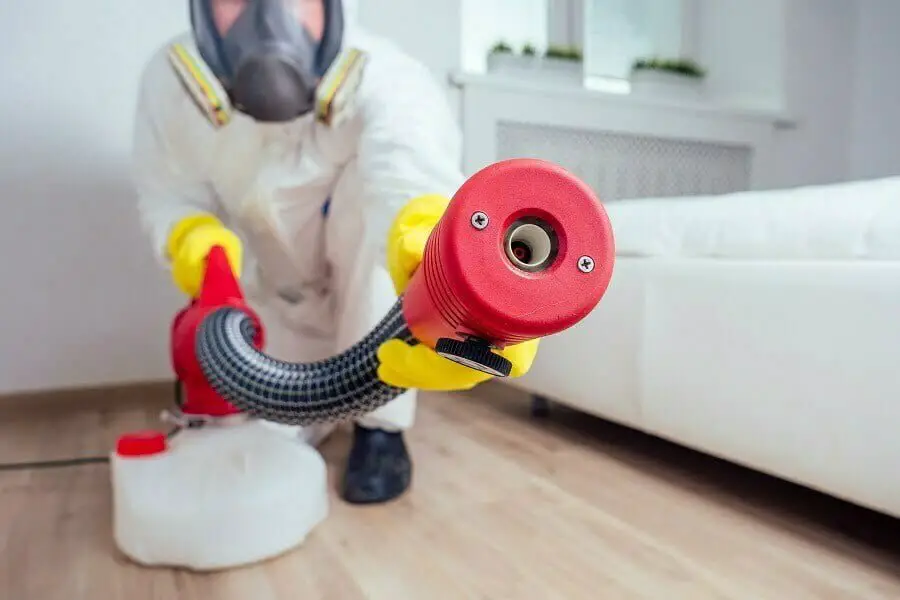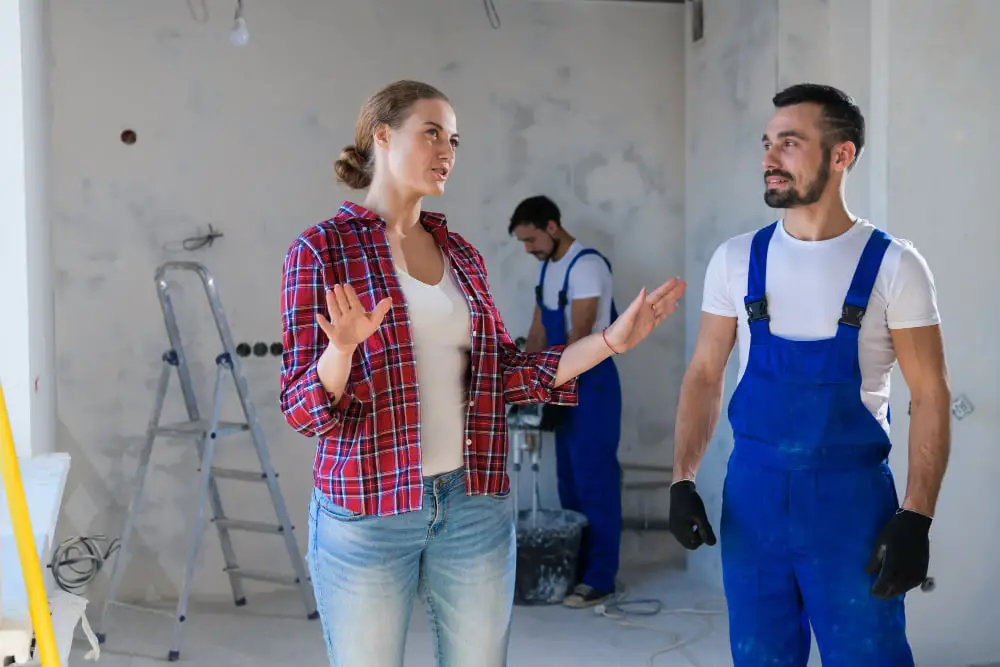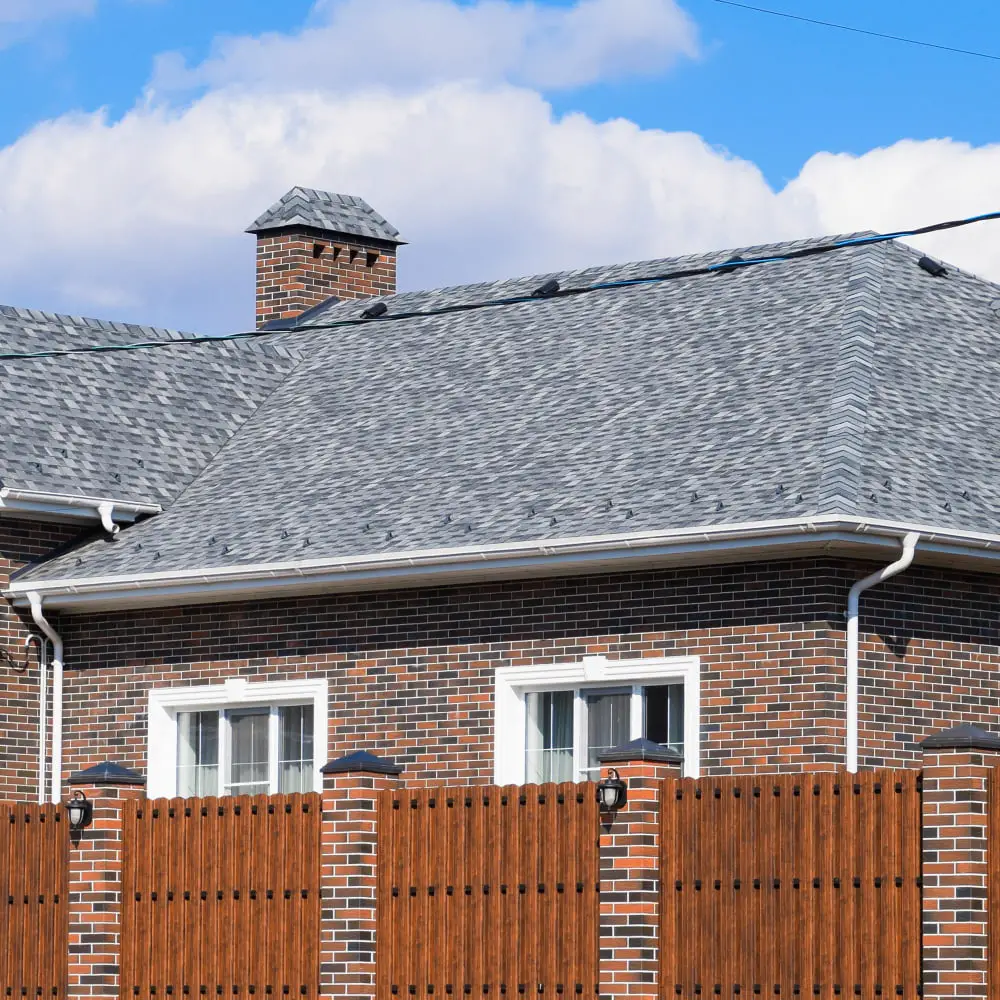Last updated on
Learn the ten secrets that plumbers will never share with you and help you stay within your budget.
Water leaks are a common problem and according to the EPA, 10 percent of homes deal with plumbing leaks and waste ninety gallons or more of water each day.
Here’s a common scenario – you reach out for the garbage disposal switch, and it sounds like a sharp buzz. You realize it’s clogged for the fifth time this week and get frustrated.
Are you unsure of what to do to prevent pipe clogs and water leaks? Start feeling at ease with plumbing issues.
Flush With Caution

Flushable items have a label that says it’s safe to flush in your toilet. Most flushable items (such as wipes, dental floss, paper towels, etc.) don’t dissolve in water and accumulate in the water pipes, which causes clogs.
Bath tissues always dissolve, while items like cleansing cloths, cleansing wipes, facial tissues, and paper towels partially dissolve – all other flushable items don’t dissolve at all. According to a study, only 17 out of the 101 flushable items showed visible evidence of being dissolved.
Adjust the Faucet’s Water Flow
Your faucet’s water flow weakens if it isn’t properly maintained. The aerator gets clogged because it accumulates particles. Cleaning the aerator strengthens your faucet’s water flow. First, you’ll need to remove the aerator and then use a mix of baking soda and vinegar to clean the faucet aerator.
Avoid Chemical-Based Cleaners
Chemical-based cleaners damage pipes because they’re made from acids that dissolve a variety of materials. The types of chemical-based cleaners include:
- Liquid
- Gel
- Foam
- Crystal
- Powder
A pipe’s materials are fragile. If chemicals flow through your pipes often, then they would get damaged, and you’d need to get them replaced. As an alternative, you can make a mix of water, hydrogen peroxide, baking soda, and vinegar to use as a cleaning solution. Or you can clean with products that have natural ingredients.
Save & Unclog Your Garbage Disposal
There’s a DIY option for clogged garbage disposal and it helps you save. All garbage disposals come with a manual and an Allen wrench. Read through the manual to learn how easy it is to unclog a garbage disposal. Are you frustrated at how often your garbage disposal clogs? To prevent clogs, you’ll need to avoid putting these foods in the garbage disposal:
- Vegetable and fruit peels
- Pasta, rice, and oats
- Celery stacks
- Bones and shells
- Fruit seeds and pits
- Nuts
- Corn husks
- Grease and oils
- Tea leaves
- Artichokes
- Coffee grounds
Prevent a Pipe Burst
During cold weather, ice blockages damage your pipes. Turn off the water pipes outside when temperatures start to freeze because this prevents a pipe burst. You can also get a frost-free hose bib for the water outside of your home, which protects your pipes from cold weather damage.
Plumbers Offer These Free Inspections
Once the plumber completes the rooter plumbing service that you paid for, you can get a free sink valve and water pressure inspection. What’s a sink valve? It allows you to turn off the water that flows through your sink’s faucet – you can find it in the cabinet under the sink. As for the water pressure inspection, the plumber examines the levels and ensures that they’re forty to eighty psi.
Perform Yearly Maintenance
A leaky faucet that drips at the rate of one gallon per second wastes more than three thousand gallons each year. Examine your pipes and other relevant items at least once a year to prevent your home from getting damaged. During the yearly maintenance, you’ll need to do an examination of the pipes, the sump pump, and the water heater.
Think of it as a physical examination at the doctors, instead it’s to analyze your home’s overall plumbing health.
Fix a Clogged Toilet or Its Handle
You can fix a clogged toilet or its loose handle in thirty minutes or less with practice. A toilet auger is a long and flexible item that unclogs your toilet. If the plunger didn’t unclog your toilet, use an auger.
If your toilet’s handle is loose, a flapper valve fixes it. The flapper valve is a small plug at the bottom of your toilet tank. It allows the water in the tank to surge into the bowl when you flush your toilet.
Toilet augers and flapper valves cost less than ten dollars, which makes them your most affordable option.
Prepare a Plumbing Kit
A plumbing kit is essential to have in your home for quick repairs. Personalize your kit with relevant items that you often use. Some items that you can add to your kit include:
Basics
- Gloves
- Googles
- Storage box
- Cleaning cloth
- Tape measure
- DIY de-clogging solution (baking soda and vinegar)
- Disinfectants
Supplies
- Plungers for sink and toilets
- Pipe and basin wrench
- Pliers
- Faucet valve
- Cartridges
- Plumber’s tape
Get Washerless Faucets
Do you have washerless faucets installed in your home? These faucets always degrade and will often need to be replaced. Faucets that don’t have washers are less likely to leak and take up to twenty years to degrade. You can also get free cartridge replacements.
Continue reading:
Recap




